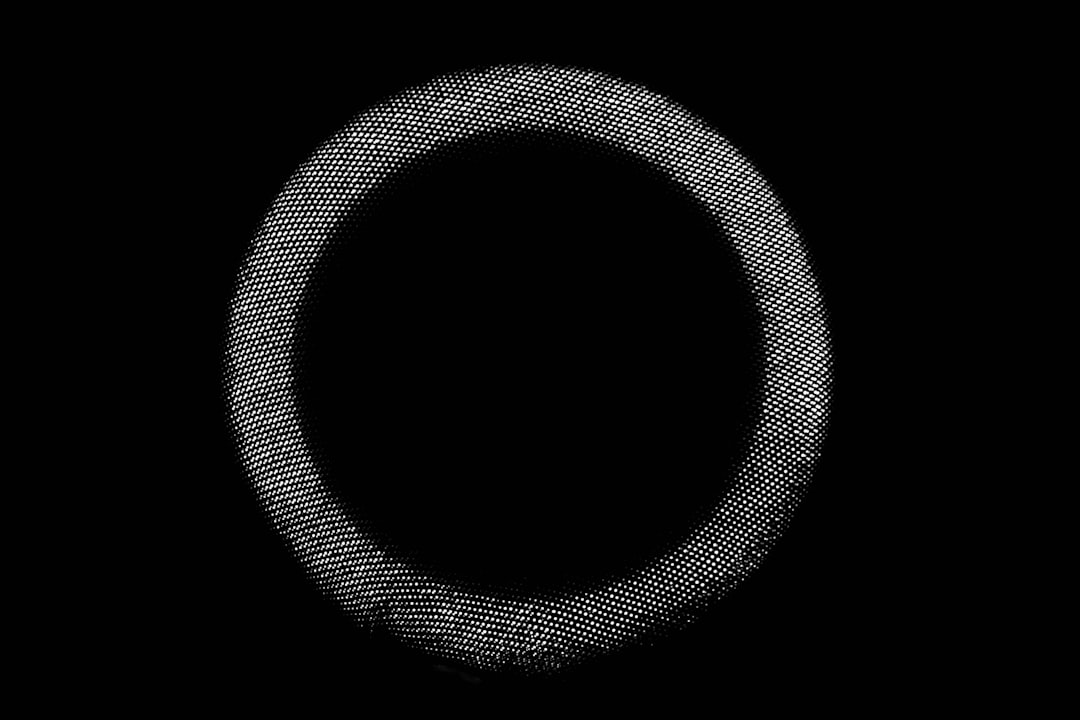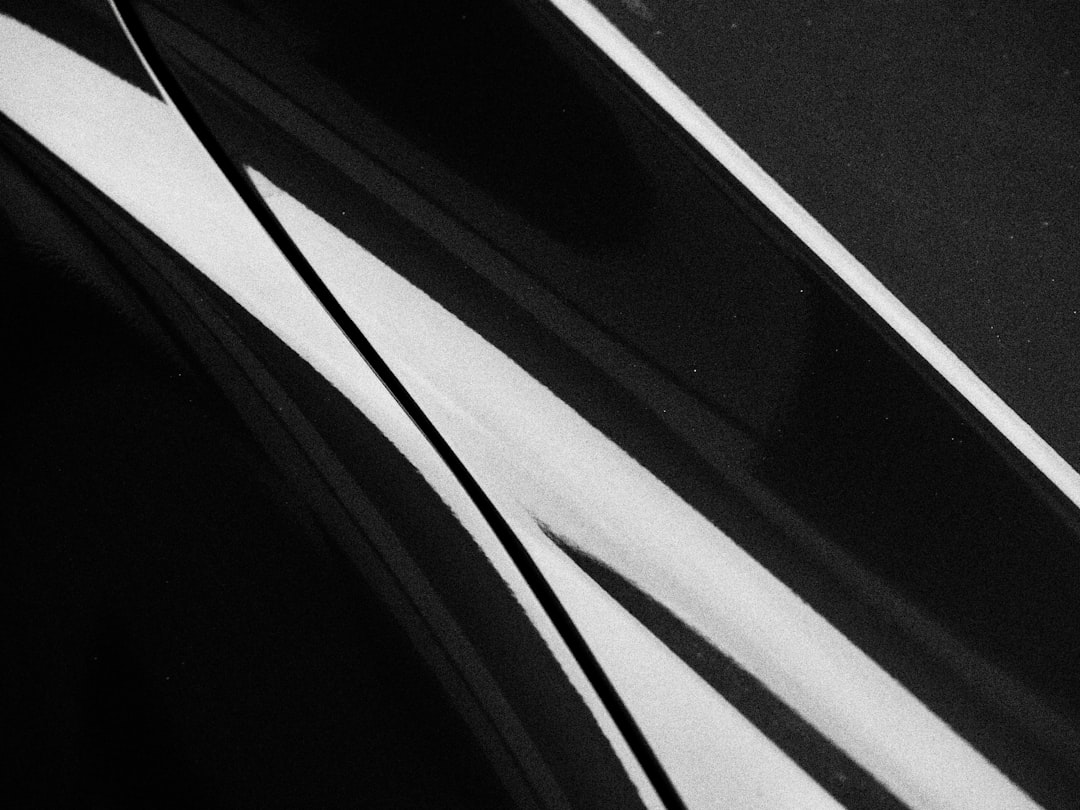

Engage prospects with a scan and streamline customer engagement with FREE QR code marketing tools by Sona – no strings attached!
Create a Free QR CodeFree consultation

No commitment

Engage prospects with a scan and streamline customer engagement with FREE QR code marketing tools by Sona – no strings attached!
Create a Free QR CodeFree consultation

No commitment
Cellophane printing services are in high demand as companies pursue innovative, eco-friendly, and durable packaging and labeling solutions that elevate brands and engage customers. Yet, despite advancements, industry leaders continue to face a disconnect: interactions with physical assets such as custom cellophane packaging, branded labels, or stickers often do not translate into digital insights or follow-up opportunities. This gap means valuable, high-intent prospects can go unnoticed, leaving marketing and sales teams without visibility into actual customer engagement.
Relying on static inserts, printed brochures, or paper-based forms within packaging rarely delivers measurable engagement. Companies experience the frustration of missing prospects who show interest but remain anonymous because their data is not captured for follow-up. This lack of insight into who interacts with cellophane-printed assets leads to lost opportunities and reactive processes, allowing competitors to engage more swiftly and with stronger attribution.
Embedding QR codes directly into cellophane-printed materials transforms every package or label into an interactive gateway. This strategy enables instant online access, delivers timely offers and content, and, crucially, captures valuable engagement data. Integrating QR codes with Sona QR empowers brands to track and optimize every physical-to-digital touchpoint, resulting in deeper customer engagement and a more unified, data-driven customer journey.

Cellophane printing excels at turning products into beautiful, durable, and sustainable experiences on the shelf and in hand. By adding QR codes to those surfaces, you convert attention into action and action into measurable outcomes. Instead of hoping that a customer types a URL from a sticker or keeps a brochure, you offer one-tap access to the exact digital destination that supports the next step: reordering, reviewing, registering, or redeeming. Learn more in QR codes in marketing.
Traditional analog processes often break at the handoff point. Paper warranty cards get lost, coupon codes are mistyped, and printed catalogs go out of date. With QR codes, every cellophane-printed asset becomes a dynamic entry point. A scan can load a product tutorial, open a pre-filled service request, start a chat with support, or add an item to a cart. When managed centrally, those scans also feed analytics dashboards and your CRM, closing the data loop and elevating print from a cost center to a revenue driver.

For printers, converters, packaging engineers, and brand managers, QR codes address persistent marketing and sales challenges that have long plagued print marketing. Cellophane is attractive and protective, yet the value of that surface expands when it becomes a direct line to digital content and data collection. Instead of guessing which packaging works, you know what works, where it works, and who it works for.
QR codes create an always-on digital bridge. A consumer can authenticate a product, claim a loyalty reward, watch a video, or share user-generated content right from the wrap or label. Ops and marketing teams can then respond in real time, not weeks later after a promotion has ended. This speed and visibility are especially valuable in fast-moving consumer goods and regulated categories where version control and compliance matter.
Integrating QR codes into cellophane printing gives organizations visibility at every touchpoint. Each printed asset becomes a data source and a conversion path, which advances both brand storytelling and commercial outcomes.

Choosing the right QR code format is essential, because each format unlocks different actions. Cellophane packaging, wraps, and labels must remain beautiful and legible, so formats that reduce friction and maximize utility deliver the best results. Focus on formats that match the job to be done: reorders, reviews, registrations, or downloads.
It is also wise to consider dynamic functionality for campaigns that change frequently. Printers and brands can preserve the integrity of premium cellophane designs while staying nimble with destinations that update as the business evolves. Central management in Sona QR helps keep tracking consistent and deployment fast.
The fastest growth comes from meeting customers where they already interact with your materials. Cellophane is hands-on and often the first and last touchpoint around a product experience. Strategic QR placement in those moments transforms attention into action and gives teams the data needed to invest where it counts.
Audit your current cellophane assets and associated channels. Identify where customers pause, make decisions, or need help. Those moments are prime candidates for QR codes that either remove friction or add value. Coordinate messaging so that every scan contributes to a single, coherent funnel.

Use cases demonstrate what QR codes can accomplish across the lifecycle, from acquisition and education to retention and advocacy. For cellophane printing services, the most impactful use cases either streamline a necessary task or add clear value to the product experience at the moment of use.
Consider a mix of utility and delight. Utility use cases reduce friction and improve data capture, such as reorders, feedback, and registrations. Delight use cases enrich the experience, such as recipes, AR filters, or loyalty rewards. Both become significantly more powerful when tracked and integrated into your systems for attribution and automation.
Every scan is a signal. It tells you something about the person, the context, and the intent behind the action. When you deploy multiple QR codes across your cellophane assets, you gather rich behavioral data that can be segmented and used for precise retargeting, nurturing, and sales alerts. The result is a smarter funnel fueled by real-world interactions.
Segmentation becomes automatic when each code captures the stage, product, and location of interest. You can then tailor follow-up: a post-purchase feedback scan does not get the same messaging as a pre-purchase recipe scan. With Sona QR connected to your CRM and ad platforms, those segments trigger workflows, dynamic audiences, and personalized outreach at scale. See Sona’s Playbook titled “Intent-Driven Retargeting: Driving High-Impact Campaigns with First-Party Intent Signals”.
QR codes are the connective tissue between print and digital. In cellophane printing services, they help unify campaigns that stretch across retail shelves, direct mail, social media, and events. When codes are consistent and centrally managed, you get an end-to-end picture of how people move from first touch to purchase and beyond.
The key is to make QR codes part of your core planning, not an afterthought. Define the destination, the call to action, and the data you want to capture before you print. Then, coordinate the same creative concept across channels so a scan on a sticker aligns with an Instagram ad and a landing page, reinforcing the story and moving the buyer forward.
Successful QR campaigns start with a clear plan. In cellophane printing, that plan spans design, scannability, and data pipelines just as much as visual polish. Treat each code as a tiny product experience with a defined job to be done, a strong call to action, and a measurable outcome you can track back to revenue.
Before you print, align marketing, sales, and operations on the desired action, destination, and data model. After you print, monitor performance and iterate quickly using dynamic codes and A/B tests. The following steps will help you move from idea to launch without missing critical details.
Clarify whether your focus is quick reorders, feedback, product registration, or event lead capture. Each objective requires a different destination, incentive, and follow-up. For example, a gourmet snack brand might place a QR on clear cellophane windows that links to a recipe hub, while a B2B supplier might emphasize a pre-filled reorder form with account ID.
Set measurable success metrics before launch. Targets could include scan-through rate, form completion rate, or incremental reorder lift by SKU. With these defined, you can assess the campaign’s effectiveness and justify additional investment in QR-enabled printing. For strategy, read Sona’s blog post titled “The Essential Guide to Offline Attribution: Maximizing ROI Through Offline Channels”.
Evaluate the longevity of your message and the importance of data. Most growth-focused use cases benefit from dynamic codes managed in a platform like Sona QR, which provides centralized tracking, UTM templates, and one-click destination updates.
Create a device matrix for testing that includes varied phones and camera apps. Validate that the code works at expected viewing distances, especially on small labels. Retest after any art changes to avoid costly reprints.
Deploy in waves to isolate performance by channel. Use unique dynamic links for each material so you can attribute results to a specific wrap, label, or mailer and shift budget accordingly.
Share performance dashboards with stakeholders weekly. Celebrate quick wins, document learnings, and build a library of high-performing patterns you can replicate across future print runs.
Connecting print investments to revenue has historically been difficult. With QR codes, you finally get a complete loop: from a scan on a cellophane wrap to a session on your site, to a form submission and a closed deal. This clarity lets you allocate budget to the assets and channels that truly drive business outcomes.
The goal is not only to count scans, but to understand how those scans influence the buyer journey. Which products and placements generate qualified leads, repeat purchases, or high-LTV subscribers? Which events or neighborhoods respond to direct mail? With Sona QR and Sona, you can unify scan data with web analytics, email engagement, ad clicks, and CRM activity to form a single source of truth.
Scaling QR success requires a strategic mindset that blends creative design with rigorous measurement. Treat each QR placement as a living experiment with hypotheses, variants, and a clear definition of success. Over time, your team will build a playbook of best-performing sizes, CTAs, incentives, and placements for each product category.
Focus on the most common physical media in your portfolio such as wraps, labels, and direct mailers. Pair these with workflows that immediately turn scans into meaningful action, like a pre-filled cart or a loyalty enrollment page. The following best practices will help you extract more value from every printed asset.

Learning from peers can spark ideas you can adapt to your own brand and packaging. The most successful examples share a few traits: a clear benefit, an easy path to value, and strong attribution. They also respect the aesthetic of cellophane materials, integrating the code as a design element rather than an afterthought.
Think in terms of lifecycle. What can a scan accomplish during unboxing, after first use, or when the product is empty? How can a scan encourage social sharing or tap into a loyalty loop? The following examples highlight creative placements and measurable outcomes.
Even strong QR strategies can stumble if execution misses the basics. Avoid common mistakes by focusing on scannability, incentive clarity, and data plumbing. A few small tweaks can dramatically improve scan rates and conversion without changing the underlying creative.
Be sure to test in real-world conditions and build a culture of continuous improvement. As you gather data, you will identify the placements, CTAs, and incentives that consistently perform, and you can standardize them across SKUs and seasons.
QR codes elevate cellophane printing from a static medium to a dynamic growth engine. They unlock instant engagement at the exact moment a customer touches your product, then connect that engagement to the systems that power your marketing and sales. The result is a smoother customer journey and a measurable return on every printed surface.
With dynamic QR generation, integrated analytics, and CRM connectivity, you can convert more first-time buyers, retain more customers, and attribute more revenue to the assets that perform. Platforms like Sona QR make it simple to create, manage, and track codes at scale, while Sona.com connects those interactions to pipeline and closed deals.
Cellophane printing services now sit at the center of brand storytelling, sustainability, and data-driven marketing. Thoughtfully embedded QR codes transform wraps, labels, and stickers into high-value touchpoints that inform, delight, and convert. Start small with a single product line, prove the lift, then roll out the approach across your portfolio to capture demand at the source and compound results over time. Start creating QR codes for free.
QR codes have transformed the cellophane printing services industry from static packaging into interactive, measurable marketing tools. Whether it’s acquiring new customers, enhancing the unboxing experience, or driving repeat sales, QR codes turn simple cellophane wraps into powerful engagement points that capture real-time data and elevate brand interaction. Imagine knowing exactly which packaging designs prompt purchases or customer inquiries—and being able to optimize campaigns instantly.
With Sona QR, you can create dynamic, trackable QR codes tailored for cellophane printing in seconds, update your campaigns without costly reprints, and link every scan directly to conversion metrics. No more guesswork or wasted materials—just smarter, more effective packaging that drives revenue and builds lasting customer relationships. Start for free with Sona QR today and transform your cellophane wraps into high-impact sales drivers.
Cellophane printing services use premium cellophane materials that are transparent, glossy, and durable, often combined with wraps, labels, and stickers designed to maintain brand aesthetics and scannability.
QR codes can be embedded directly onto cellophane wraps, labels, or stickers to provide instant digital access, capture engagement data, and enable functions like reordering, feedback, product authentication, and promotions.
Cellophane packaging offers a beautiful, durable, and sustainable experience that protects products while providing a hands-on, high-touchpoint surface ideal for branding and engaging customers.
Cellophane printing produces durable and protective surfaces that hold up well on shelves and in hand, making it suitable for high-quality packaging that withstands handling and environmental factors.
Costs vary depending on design complexity, QR code integration, dynamic code management, and volume, but investing in QR-enabled cellophane printing can drive measurable ROI by converting physical assets into data-driven marketing tools.
QR codes transform static cellophane packaging into interactive touchpoints that enable instant digital engagement, real-time data capture, better attribution, and seamless customer follow-up.
Dynamic QR codes are preferred for flexibility and analytics, but static codes suit permanent info; common formats include web links, vCards, forms, SMS/email triggers, app downloads, and dynamic content updates.
By replacing analog workflows with QR-driven flows, designing context-appropriate QR placements, centralizing analytics, and iterating dynamic content, brands convert attention into measurable actions like reorders and registrations.
Optimal placements include near opening seams, nutrition panels, gift wraps, promotional labels, sample packs, event giveaways, and direct mail to align with customer behavior and decision moments.
By using platforms like Sona QR to capture scan data with timestamps, device info, location, and source asset, brands can attribute engagement to specific campaigns, products, and channels for real-time optimization.
Avoid placing codes on curved or highly reflective areas, ensure scannability under various lighting, provide clear incentives and CTAs, and train staff to explain the value of scanning.
QR codes can link customers to local recycling rules, materials disclosures, and impact stories, supporting compliance and strengthening sustainability messaging without reprinting.
Every scan generates behavioral data that can be segmented by product, location, and funnel stage, enabling personalized retargeting, nurturing, and sales alerts integrated with CRM and ad platforms.
Companies should define objectives and use cases, select static or dynamic codes, design branded and scannable codes, deploy strategically across materials, and continuously monitor and optimize results.
Examples include gourmet confectionery boosting engagement with recipes and discounts, sustainability brands updating recycling info dynamically, B2B sample packs qualifying leads, and subscription products accelerating reorders.
Use Sona QR's trackable codes to improve customer acquisition and engagement today.
Create Your FREE Trackable QR Code in SecondsJoin results-focused teams combining Sona Platform automation with advanced Google Ads strategies to scale lead generation

Connect your existing CRM

Free Account Enrichment

No setup fees
No commitment required

Free consultation

Get a custom Google Ads roadmap for your business






Launch campaigns that generate qualified leads in 30 days or less.
